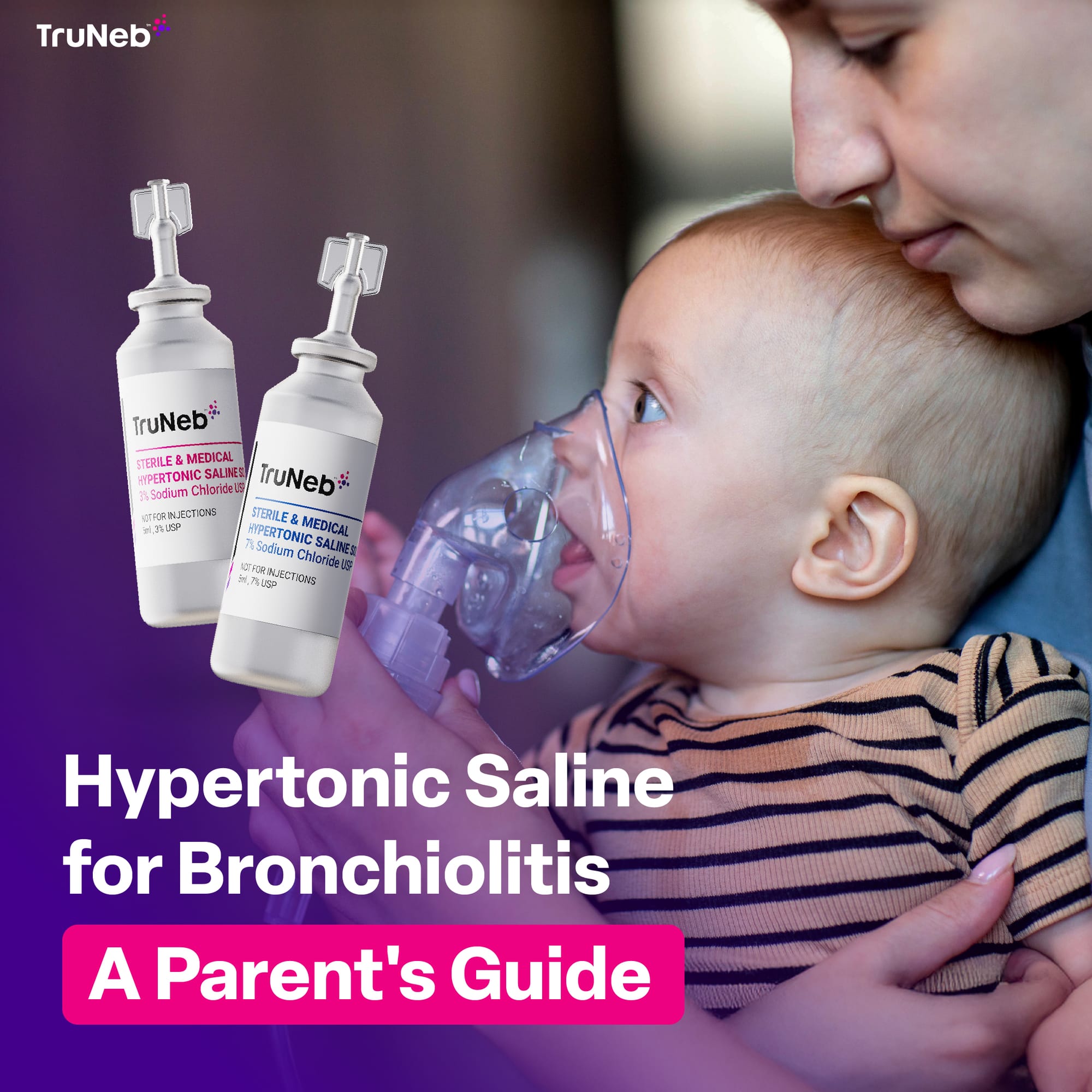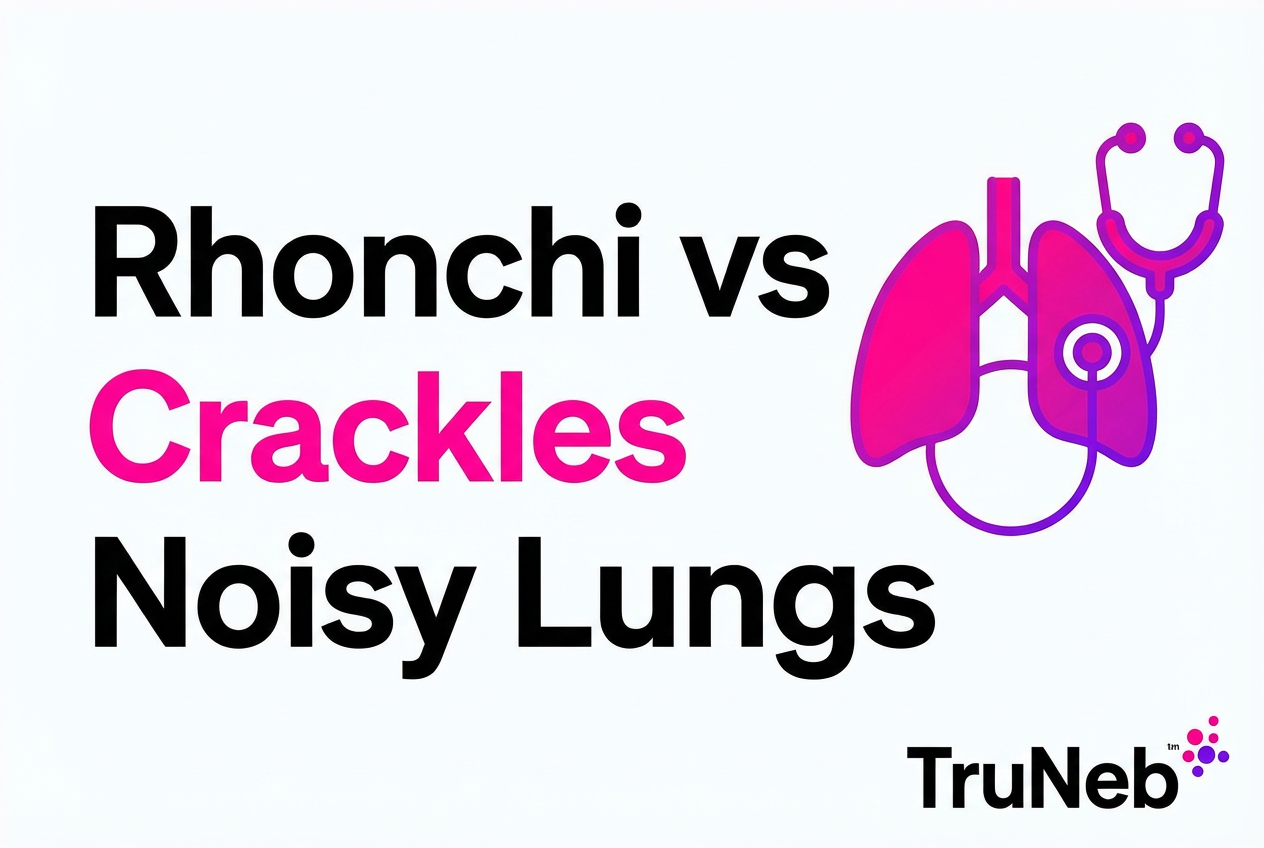On this page
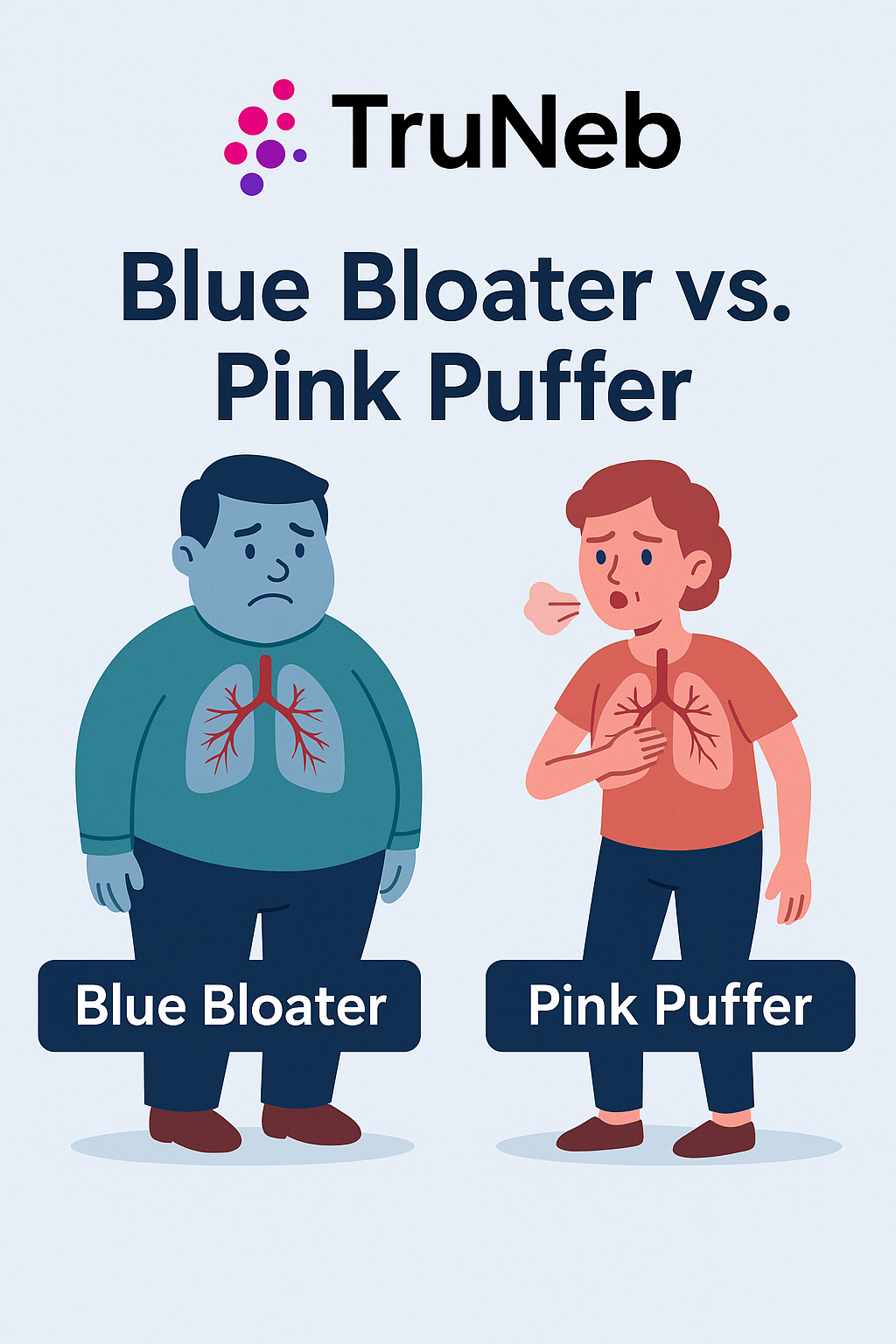
If you or someone you love has COPD, you may have heard the nicknames blue bloater and pink puffer thrown around at some point. Not sure what those names mean? No worries–we’ve got all the information you need right here. Learn more about these COPD-related nicknames and what they mean.
What Is a Blue Bloater and Pink Puffer?
"Blue bloater" and "pink puffer" are terms historically used to describe two clinical presentations of chronic obstructive pulmonary disease (COPD), specifically chronic bronchitis and emphysema. Although these terms are somewhat outdated, they help set apart the most common symptoms and physical characteristics of these two forms of COPD. Here is a breakdown of each.
Pink Puffer vs. Blue Bloater
Learn about the differences between a pink puffer vs. blue bloater including symptoms and clinical presentation.
Blue Bloater
Blue bloater refers to people with chronic bronchitis, a form of COPD characterized by long-term inflammation of the bronchi. The term “blue” is used because these individuals often have bluish discoloration of the skin and mucous membranes because of lower levels of oxygen in the blood (chronic hypoxemia). “Bloater” describes the tendency of these patients to be overweight with peripheral edema (swelling in the extremities) because of right-sided heart failure.
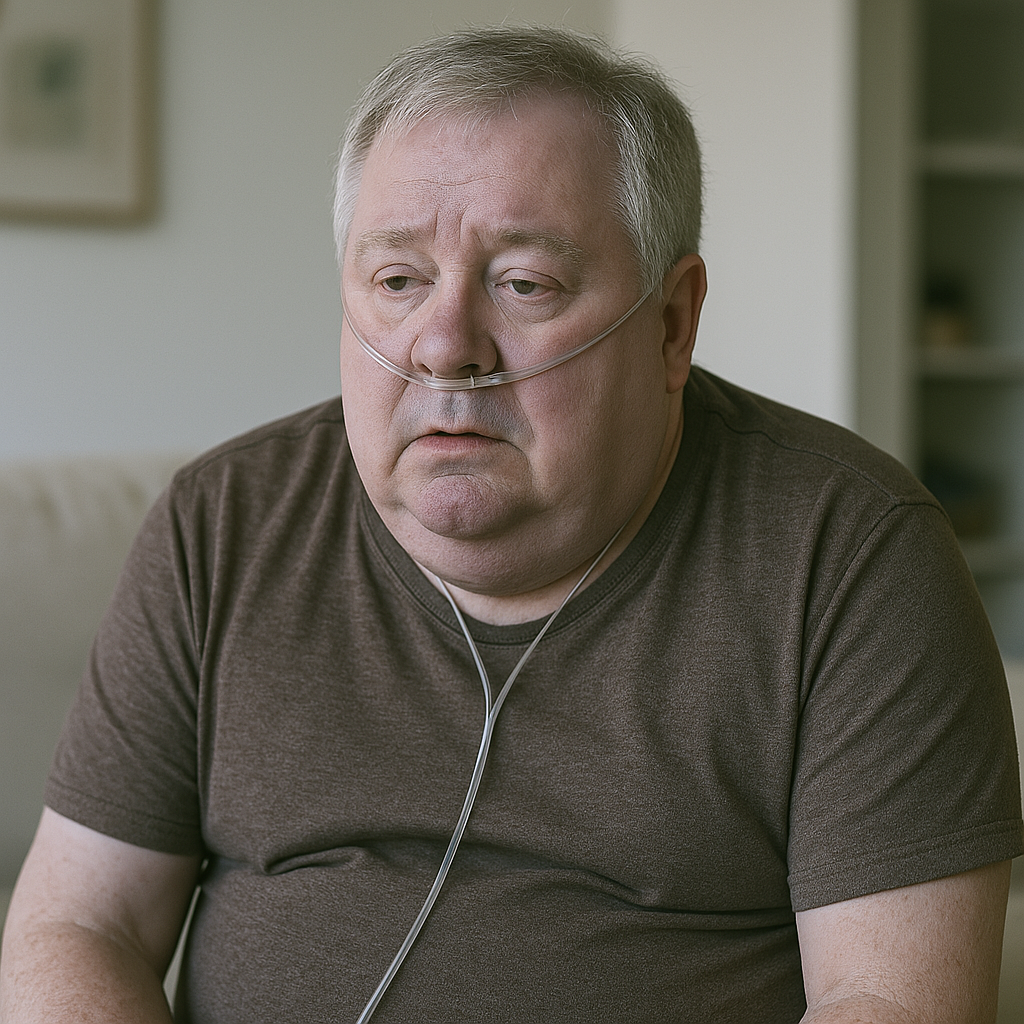
Pathophysiology:
- Chronic Inflammation: Persistent inflammation of the bronchi leads to increased mucus production and thickening of the bronchial walls.
- Mucus Obstruction: Excessive mucus blocks airflow, causing difficulty in breathing.
- Hypoxia and Hypercapnia: Chronic bronchitis results in poor gas exchange, leading to low oxygen (hypoxia) and high carbon dioxide (hypercapnia) levels in the blood.
- Pulmonary Hypertension: Chronic hypoxia causes constriction of pulmonary arteries, increasing pressure in the pulmonary circulation, leading to right-sided heart failure.
Symptoms:
- Productive Cough: Persistent cough with mucus production for at least three months in two consecutive years.
- Dyspnea: Shortness of breath, especially with exertion.
- Cyanosis: Bluish skin coloration due to inadequate oxygenation.
- Peripheral Edema: Swelling of the ankles and legs due to heart failure.
Clinical Findings:
- Physical Examination: Wheezing, rhonchi (low-pitched rattling sounds), and prolonged expiratory phase.
- Arterial Blood Gas Analysis: Low oxygen levels (PaO2) and high carbon dioxide levels (PaCO2).
- Pulmonary Function Tests: Reduced FEV1/FVC ratio (forced expiratory volume in one second/forced vital capacity) indicating obstructive lung disease.
Pink Puffer
Pink puffer refers to people with emphysema, another form of COPD characterized by damage to the alveoli (air sacs in the lungs). “Pink” is used because these patients generally appear well-oxygenated (unlike blue bloaters) despite having difficulty breathing. “Puffer” refers to the hyperventilation (fast breathing) and pursed-lip breathing these patients use to improve ventilation and oxygenation.
Pathophysiology:
- Alveolar Destruction: The walls of the alveoli are destroyed, leading to large air spaces (bullae) and reduced surface area for gas exchange.
- Loss of Elastic Recoil: The destruction of elastic fibers in the lungs leads to air trapping and hyperinflation, causing the chest to take on a barrel shape.
- Increased Work of Breathing: Patients compensate for the reduced gas exchange by hyperventilating, often using accessory muscles (around the neck and ribs) for breathing.
Symptoms:
- Dyspnea: Severe shortness of breath, even at rest.
- Weight Loss: Due to increased work of breathing and reduced appetite.
- Minimal Cough and Mucus Production: Unlike chronic bronchitis, emphysema typically does not produce significant mucus.
Clinical Findings:
- Physical Examination: Hyperinflated chest, use of accessory muscles, and pursed-lip breathing.
- Arterial Blood Gas Analysis: Relatively normal or only slightly reduced oxygen levels (PaO2) and normal or slightly reduced carbon dioxide levels (PaCO2).
- Pulmonary Function Tests: Reduced FEV1 and FVC, with a markedly decreased diffusing capacity for carbon monoxide (DLCO), indicating impaired gas exchange.
COPD Management
For a blue bloater and pink puffer, effective management of their disease is crucial for maintaining quality of life and the ability to do normal activities without too much distress. COPD is managed with a combination of medications, exercises, and avoidance of triggers that might cause an exacerbation. Nebulizers delivering inhalation therapy (like bronchodilators, steroids, & hypertonic saline) are one of the most important tools for blue bloaters and pink puffers.
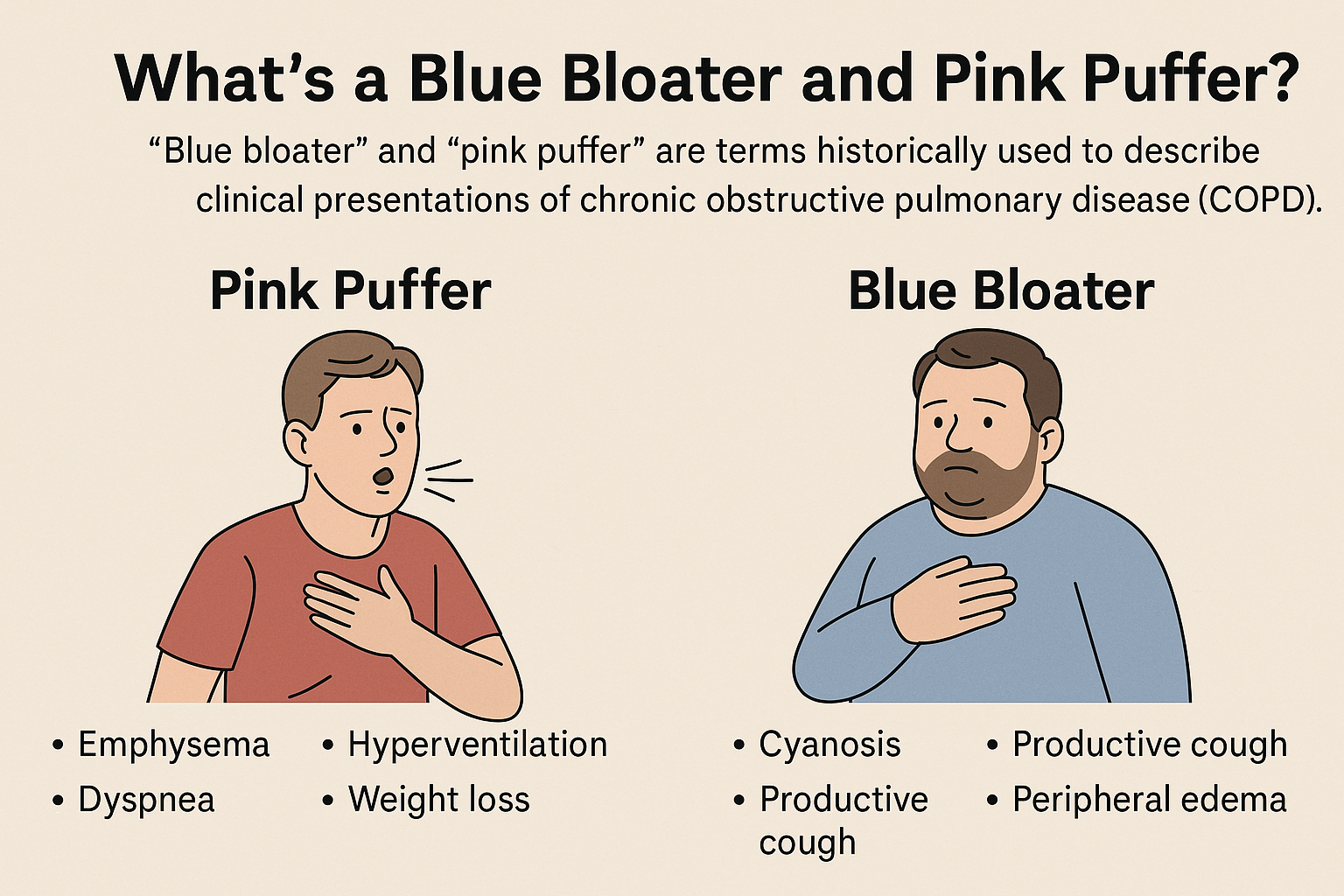
Resources for COPD Patients
Here is a list of resources for COPDers that want to learn more about their disease and manage it better:
Global Initiative for Chronic Obstructive Lung Disease - Gold Report
American Thoracic Society Fact Sheets - COPD
American Lung Association - Videos, Worksheets, and Tools
TruNeb™ Portable Mesh Nebulizer
In addition to your home jet nebulizer and inhalers, our portable mesh nebulizer is a great addition to your current treatment regimen. The TruNeb portable nebulizer is pocket size so you can take it anywhere you need to go without the hassle of bringing a bulky compressor. There is no tubing and no air source needed. Simply charge the device and it’s ready to go! For quiet and convenient nebulizer treatments, get your TruNeb today.
*Article reviewed by a licensed Registered Respiratory Therapist
*Last updated: April 19, 2025


